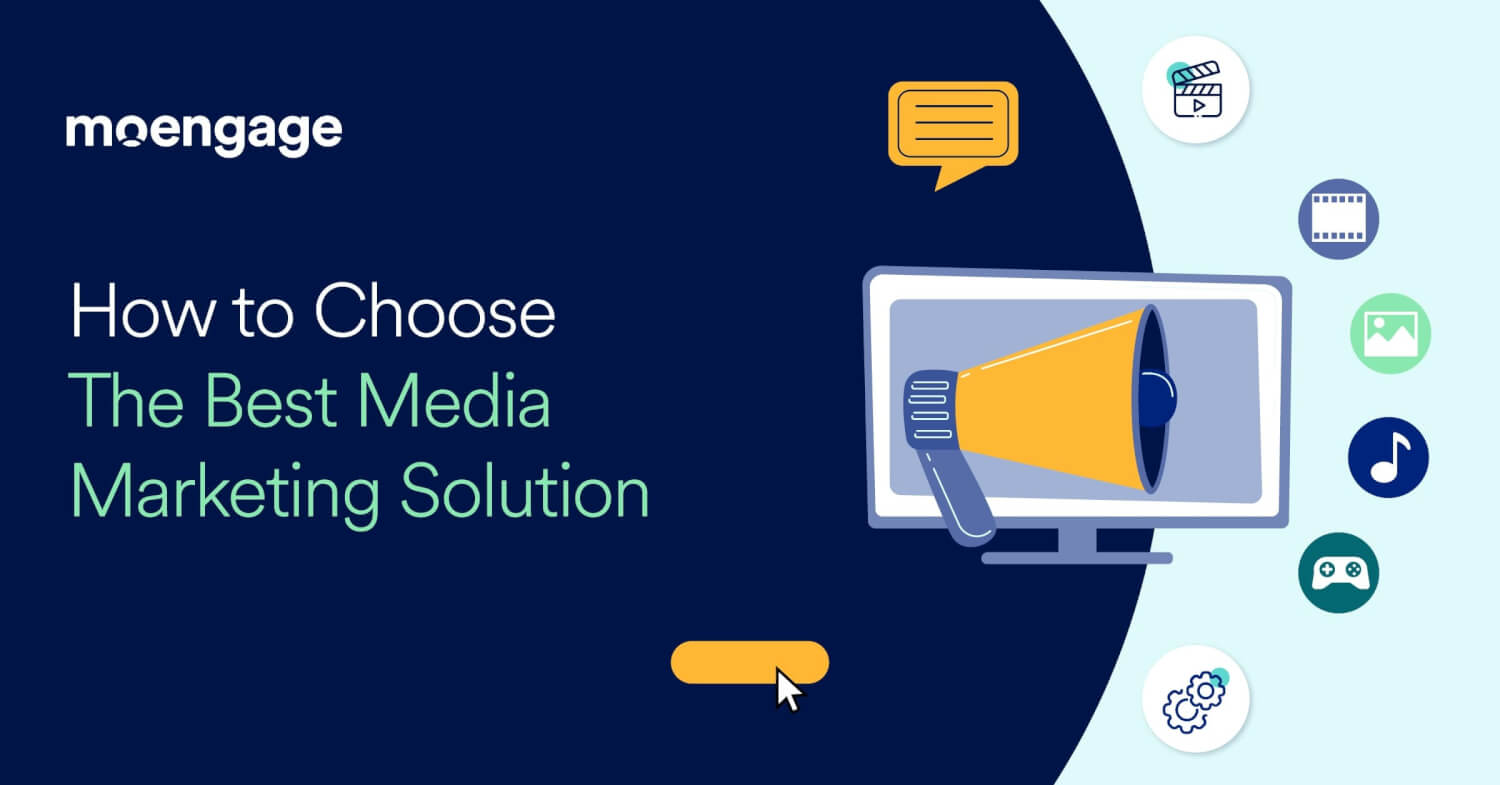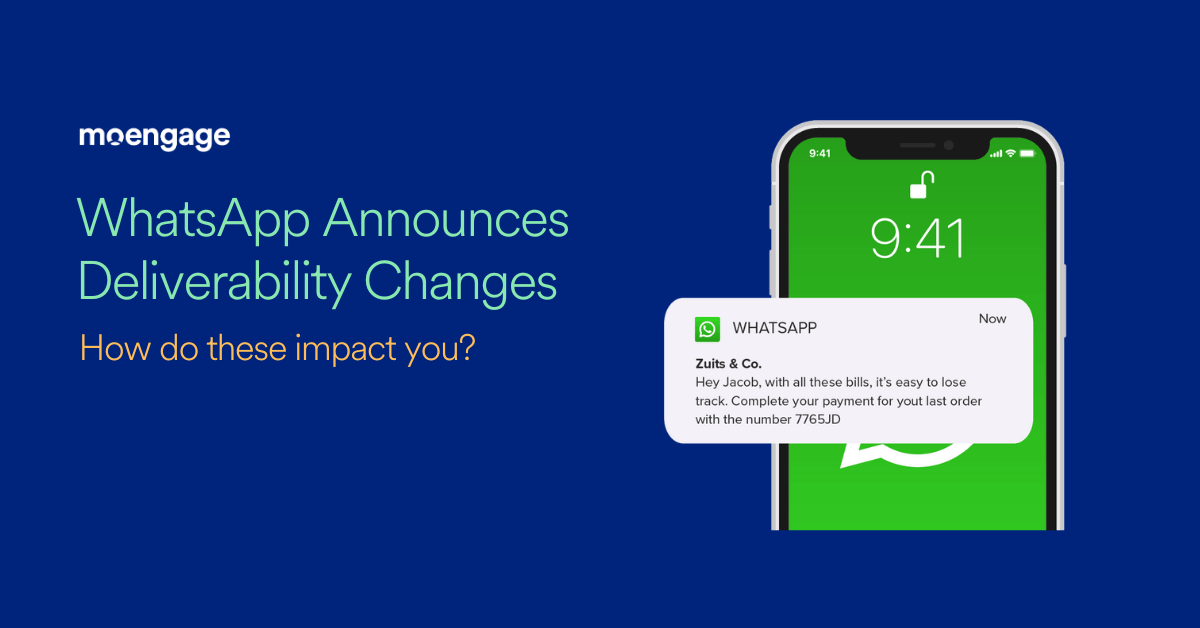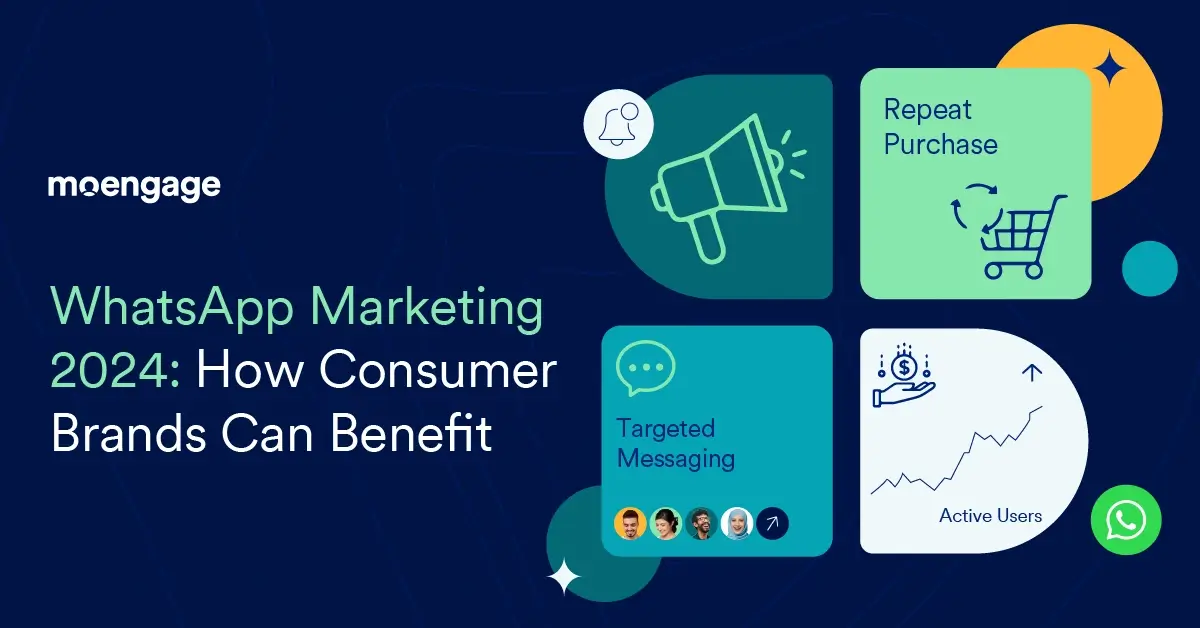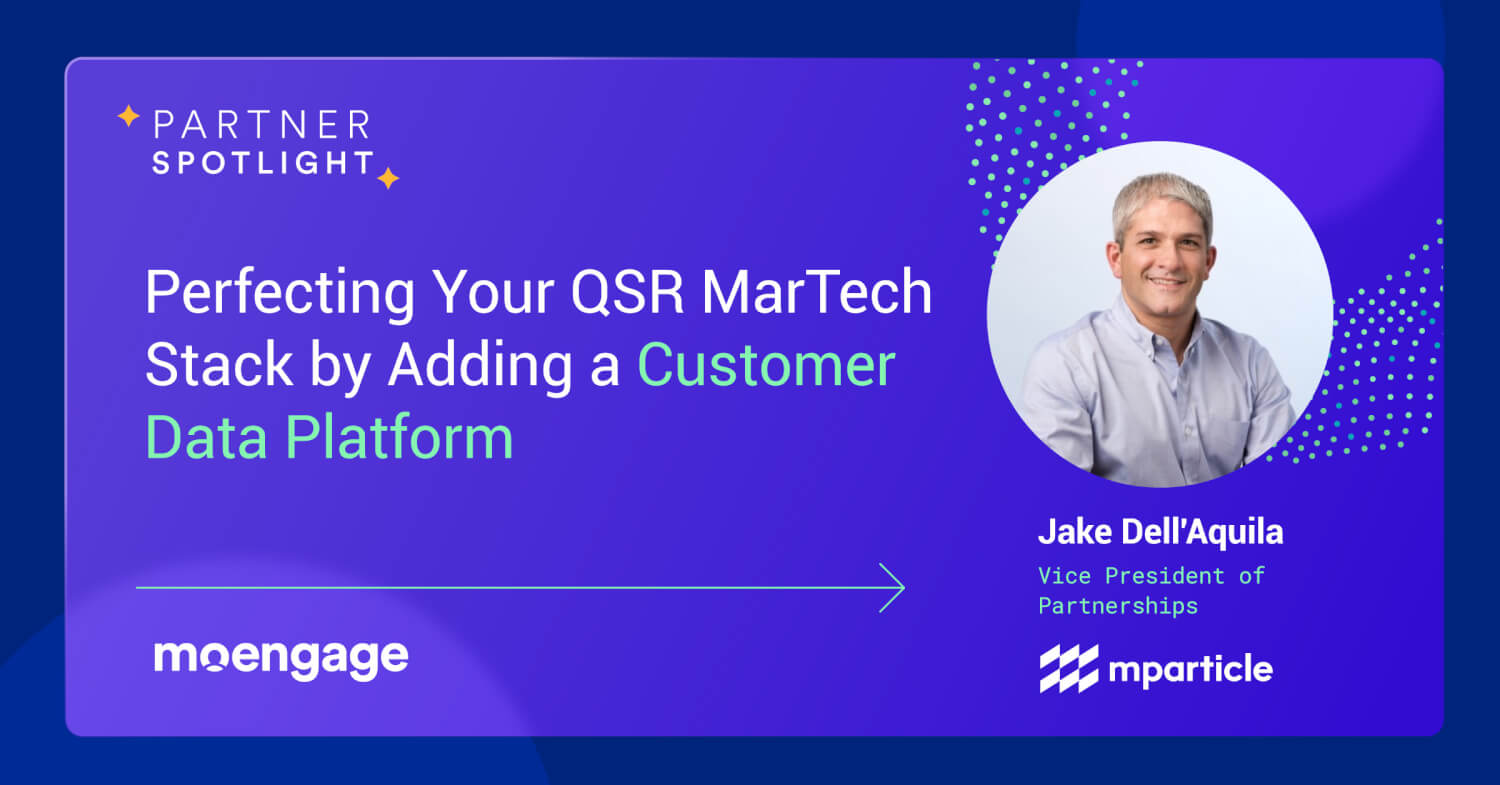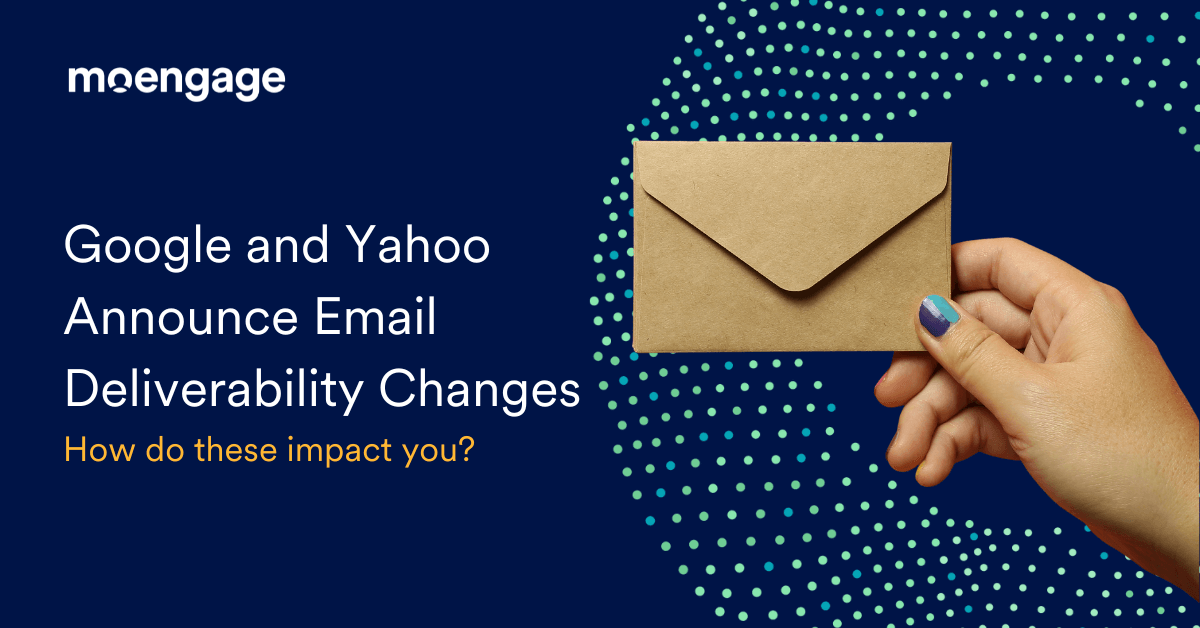10 Incredible Ways to Increase In-App Purchases
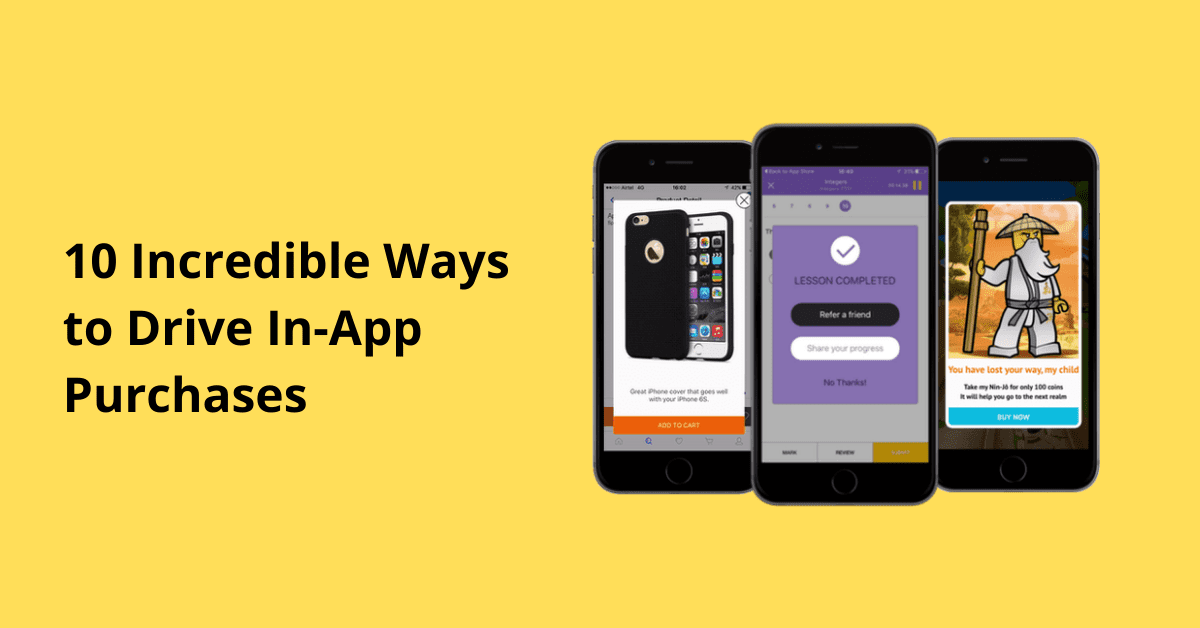
Reading Time: 7 minutes
|
When a customer spends money on something inside a native app, that’s an in-app purchase. In-app purchases don’t take place after a delay, or after transfer to another channel. When that happens, the customer has a chance to change their mind, look over a competitor’s offerings, or otherwise drift away from you.
How can you drive up in-app purchases? We still need to accommodate channel-agnostic purchases in some areas. If your app is a game and in-app purchases are weapons, tools, power-ups, new characters, and so on, there’s little chance of a customer buying those elsewhere. But eCommerce purchase patterns are typically omnichannel now. The trend for the future is integration between social and native apps and a shift from web to mobile. So whichever way you look at it, increasing in-app purchases is vital to an app’s success.
1. Check your Data
User data is the basis of any successful marketing effort; knowledge about your customers is what lets you deliver what they want. It lets you identify and segment customers and provide them with user journeys that fit their preferred behaviors and value propositions that resonate with their values.
Start checking the quality of your data as soon as you get it. One obvious example is email addresses – build a welcome workflow that starts with a ‘confirm your address’ email and ensure that you’re contacting people who actually want to be contacted and that dead or non-responsive inboxes aren’t hurting your deliverability score.
2. Personalize
Personalization is the key to successful in-app marketing. Want more in-app purchases? Personalize everything.
Most importantly, take a leaf from the website experiences of retail giants like Amazon and personalize the app experience itself.
Apps already have an edge over the web for purchases because they offer a better, smoother product browsing experience. But apps also have the potential for far greater personalization, and the effects spread far beyond m-tail apps.
Personalization can be informing a retail customer that an item they’re interested in is available again, or re-engaging with someone who browsed an item and then didn’t convert; offering free shipping in a push notification can bump that user over the edge into the purchase.
But it can also mean personalizing the app environment itself with:
-
Personalized recommendations: Recommendations based on past behavior, geography, and demographic and CRM data let you show each customer the storefront they’d like to shop in.
- Personalized content: Segmented, profiled users should get content that’s relevant to them. That could be marketing messages – or, as with News360, it could be the app’s central offering.
- Personalized push: Building push scheduling and content around customer data lets you present each customer with the right message at the right time.
-
Geographical personalization: This can go beyond offering people in New York winter coats and people in Palm Springs sandals. Try offering people on their way home from the gym discounts on isotonic drinks or protein powder at a nearby store (hit gold: make it a store that’s on their way home).
3. Get the timing right
Approaching customers at the right time is key. If your push notifications alerting your users to a killer time-limited free shipping offer – it’s industry standard for a reason, folks – arrives at 3 AM, you’re going to see fewer purchases and more push opt-outs.
There’s also the question of when in-app purchases occur. That used to be in lunch breaks, but according to research from AppLovin and TUNE, the majority of in-app purchases take place before and after work. We need to be targeting the drive home. That means we need to be sending different message content, as well as reconsidering when to deliver it.
4. Build Relationships
Chasing purchases upfront is ineffective: it’s loyal, engaged customers who make in-app purchases just as they make other purchase types.
One effective way to do this is by rewarding loyalty and engagement. Offer users incentives to remain engaged – in-app perks or 15% off their next e-commerce purchase. And remember that your users are people: they want to be thanked and appreciated, so make sure you offer them recognition too.
Prioritizing customer retention can seem like a losing proposition when you’re trying to grow – but actually, in the mid to long term, it’s how you grow. When relationships appear to be slipping, messaging especially an email can be an effective way of re-engaging app users and pre-empting abandonment.
5. Encourage the First Conversion
After the first conversion, the next is far more likely. So it makes sense to encourage your users to make that first step. Start by sectioning out the users whose engagement is high enough for them to be likely purchasers, but who have never made a purchase. (You can do this in MoEngage.) Then set smart triggers to catch those customers when they’re hovering near purchase. They’re filling a cart, then abandoning it (again), browsing premium game add-ons, visiting your app’s pricing page, or reaching their maximum free usage parameters. So you should have push, in-app, and email campaigns ready to pounce, explaining the benefits and offering persuasive deals.
6. Embrace Innovation
Users love new things. We should too. When there’s a new way to tie your app into the rest of the mobile web, jump on it. And when a hardware developer offers a real change, like pressure-sensitive controls, integrate it into the way your app offers value to your users.
Want to see this in action?
Ask Vineyard Vines, a clothing m-tailer that has tied its app to Instagram and integrated Apple’s new 3D Touch technology.
Their Instagram integration allows users to view items from their Instagram feed natively within the app, using the power of social without losing users to the mobile web. And 3D Touch is a form of innovation that could deliver big changes.
3D Touch lets users vary the effect of pressing and swiping by how hard they press; Vineyard Vines lets its fans use the feature for a quick search menu, access to in-app content, shop the look, locate stores, and more.
7. Tie Everything Together
Driving revenue works best when all the dots are connected. Just because someone’s never bought anything in-app, doesn’t mean they’ve never bought anything from you.
No one needs a single customer view more than mobile marketers. SCV means tracking individuals across channels and keeping in view the fact that I’m the same person on my laptop as I am on my phone. If you have bricks and mortar stores and a web presence too, your systems all need to be regarding your customers as customers, not channels, or your data will be hopelessly blurred and impossible to draw conclusions from.
Web and social data, in particular, can give you vital information about your customers that can then be used to more accurately target in-app offers, driving up purchases.
8. Follow Up!
Across the sector, 56% of users have abandoned a mobile purchase. In e-commerce, things seem even bleaker, with 97% of mobile carts being abandoned. While cart abandonment is complicated by the picture of a multichannel buyer journey that typically starts on mobile and ends on a desktop device, it’s clear that we’re leaving money on the table if we don’t follow customers up.
That’s made more clear by the fact that more than half of shoppers struggle to get in-app care. The story goes: can’t navigate the app or needs help they can’t get > abandons cart, abandons app (in 20% of cases) > engagement falls, purchase likelihood falls.
Use in-app messages to guide customers around pain points in the purchase process and re-engaging with push and email. They’re great ways to help your customers get back on track, as well as collect data that can be used to improve UX down the line.
9. Let Your Users Lead the Way
Allow your users to tell you what to offer them, when, with their in-app behavior. And don’t forget that if you’re using a freemium model, as many games do, you need to keep the free version of the game sufficiently appealing that you can build the engagement that’s a precursor to in-app purchases.
Similarly, monitor reactions to outreach to ensure that you’re not just chasing your subscribers around!
10. Focus on the 1%
Everyone is familiar with the 80/20 rule: 80% of results come from 20% of efforts. Chasing that 20% is the key to efficiency. In many cases that’s true.
But for in-app purchases, the figures might be even more skewed. Because the barrier to entry is so low – downloading your app is fast, easy, and often free – there are far more users who aren’t interested in buying.
You might be looking at a 95-5 rule, or a 99-1 rule. Ecommerce typically sees a ‘top 5%’ of customers who bring in 30% of revenue. Mobile gaming apps run on a 99.8/50 rule: just 0.19% of users are responsible for 50% of revenue.
In e-commerce, getting one more 5% customer is worth the same as getting eight more average customers. In mobile gaming, getting one more 0.19% customer is as good as getting 526 more average customers.
So it makes sense, rather than indiscriminately increasing user numbers, to focus on getting more top 1%, 5%, or 0.19% customers – the ones who really carry your business forward.
Concentrate your analytics efforts on your customers in proportion to the revenue they generate – that would mean you’d spend half your efforts identifying, profiling, and segmenting your 0.19% if your app is a game. Then devote the same proportions of your efforts to marketing to those customers, and to acquisition targeted to leads with similar characteristics.
Conclusion
In-app purchases are a key revenue driver – for some apps, they’re the sole revenue source. There’s no one certain method of increasing them, just as there’s no single method for increasing purchases in other channels. Rather, the principles of engagement, value, and customer experience have to be adapted for the app environment and tailored for each customer.
Want to know how brands like Bigbasket, Travelz, and Oyo Rooms use MoEngage Push Amplification to improve their push notification delivery rates? Learn more about push amplification here.

